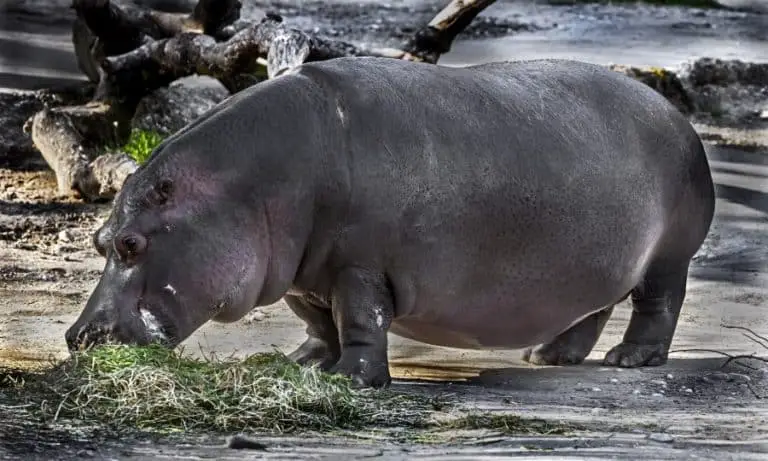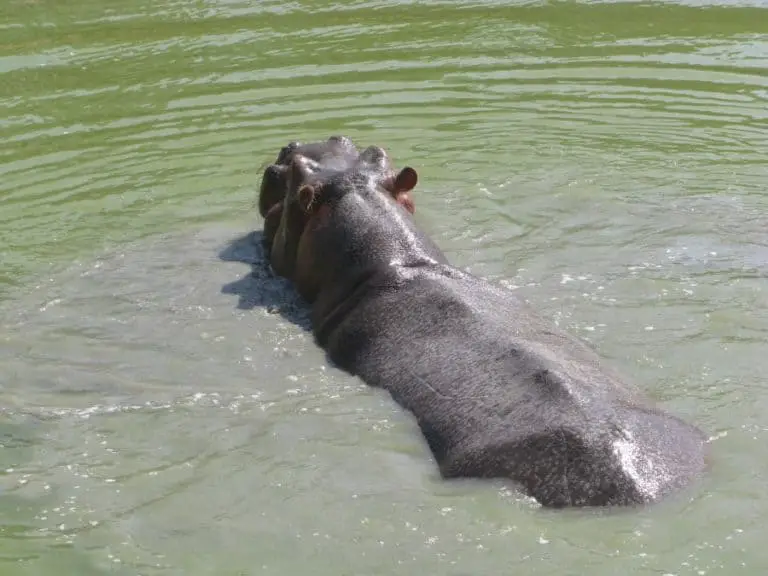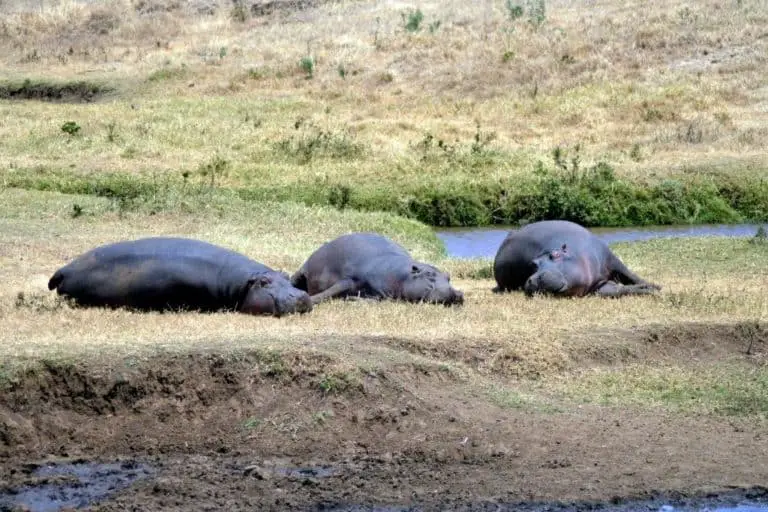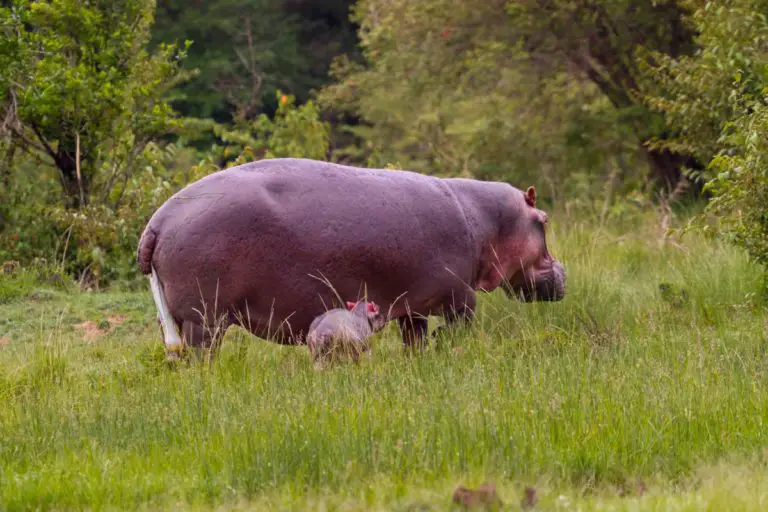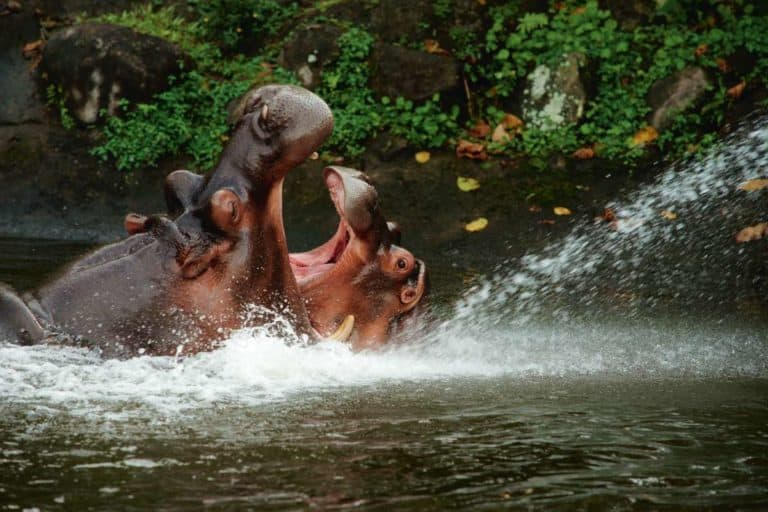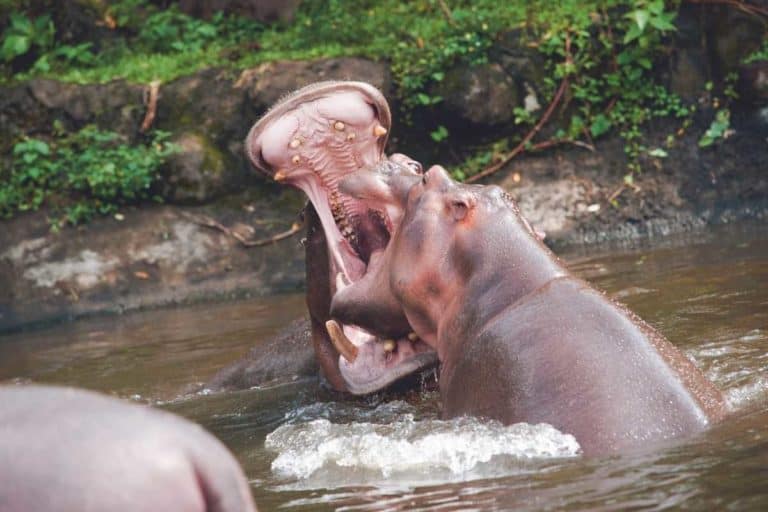Do Hippos Lay Eggs? Let’s Find Out!
Anyone who has seen a hippo up close can attest that they are massive animals. Their thick skin and huge teeth seem more suited to tearing flesh than giving birth.
So it may come as a surprise to learn that hippos do not lay eggs. Instead, they give birth to live young. Baby hippos are born underwater and have to swim to the surface to take their first breath. They are born with their eyes open, and they can already swim.
The mother hippo will help her calf to the surface, where it will take its first breath of air. After that, the baby hippo is on its own. It will spend the next few months learning to forage for food and navigate the waterways of Africa.
Then, it will join its mother in a herd when it is big enough. Hippos may be fearsome animals, but they are also devoted, parents. The bond between a mother and her calf is strong, and they will stay together for several years.
What is the reproductive process of a hippo?
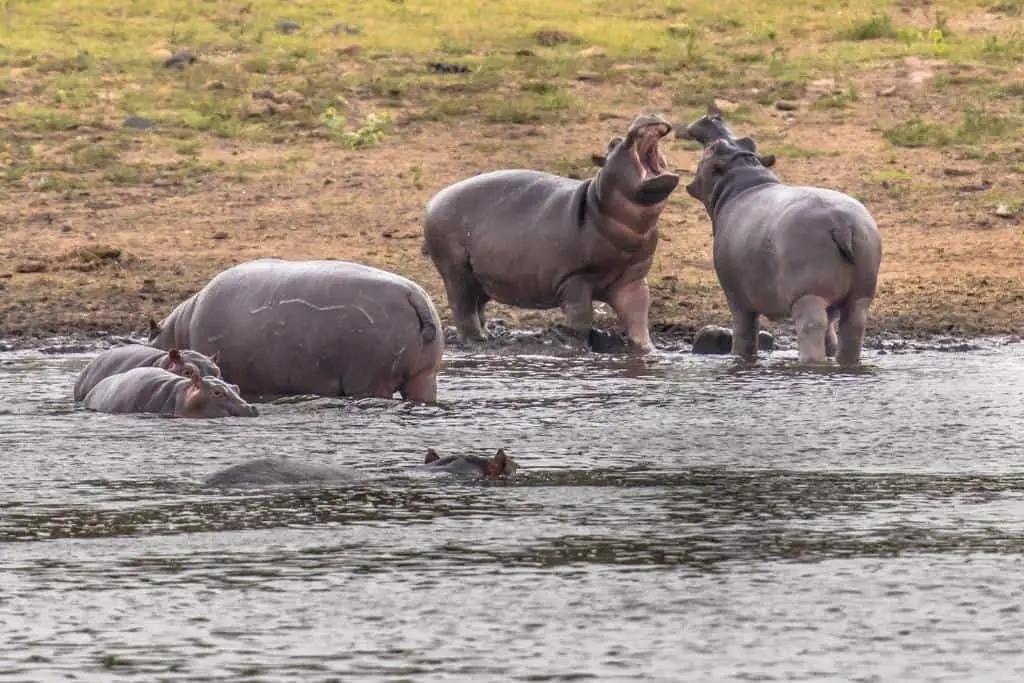
The reproductive process of a hippo is relatively convoluted compared to other animals. For starters, male and female hippos reach sexual maturity at different rates.
Males generally mature at around 7 years old, while females at 5 years old.
The mating season for hippos generally falls between February and August, but it can start as early as January and last until September. During this time, male hippos will leave their home territories searching for females.
They will often travel long distances, sometimes up to 6 miles, to find a mate. Once they have found a suitable mate, the male hippo will stay with her for several weeks.
During this time, the two hippos will often be seen wallowing in mud pools or rivers, sometimes even engaging in what looks like play-fighting.
After a few weeks, the female hippo will go into heat and be ready to mate. The act of mating only lasts a few seconds, but it is usually followed by the male and female hippo rubbing their bodies against each other.
After mating, the female hippo will return to her home territory. She will then enter a gestation state that lasts around 8 months.
During this time, the female hippo will not mate again. After 8 months, the female hippo will give birth to a single calf. The calf will weigh around 100 pounds and be about 11 feet long.
The baby hippo will be born underwater and have to swim to the surface to take its first breath. The mother hippo will help her calf to the surface, where it will take its first breath of air.
After that, the baby hippo is on its own. It will spend the next few months learning to forage for food and navigate the waterways of Africa. Then, it will join its mother in a herd when it is big enough.
Do hippos mate on land or water?
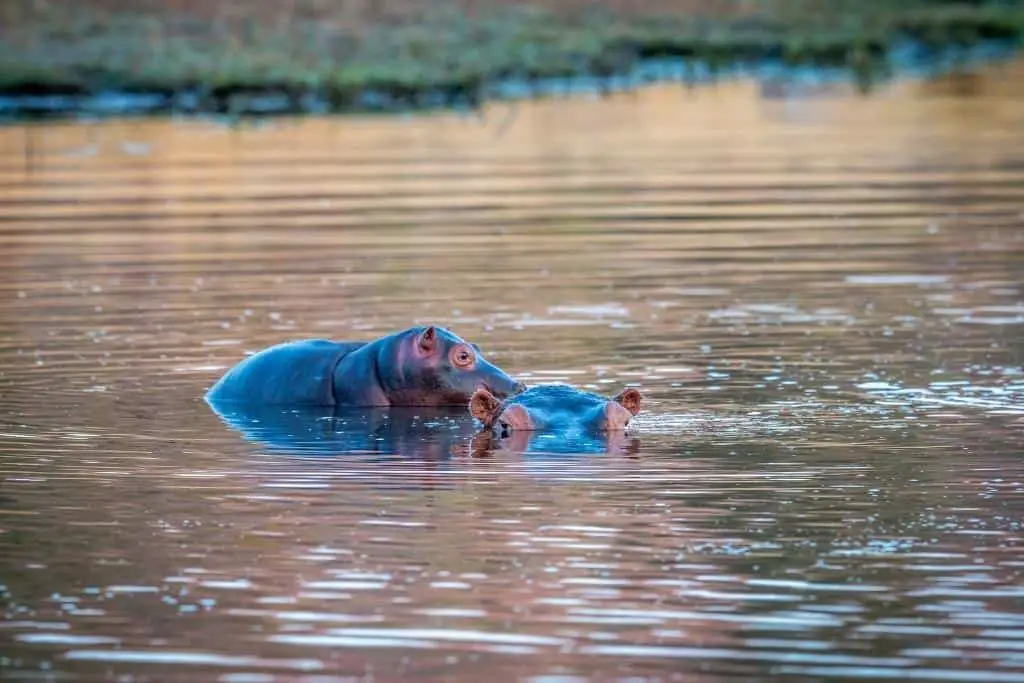
They actually mate on the water! Hippos are unique in that they are the only mammals that spend most of their time in the water, but when it comes to mating, they head for the shallows.
Male hippos often compete for a mate by engaging in ” vocal displays,” letting out loud grunts and cries to impress the females. Once a male has won a female’s favor, they will follow her into deeper water, where they will mate.
Although hippos are social animals and often live in groups, they are generally solitary regarding mating.
Can mammals Lay Eggs?
It’s a common misconception that all mammals give birth to live young.
While it’s true that the vast majority of mammals give birth to live young, there are a few mammal species that lay eggs. One example is the duck-billed platypus, which is a mammal that is native to Australia.
The platypus lays eggs similar to chicken eggs in size and appearance. Another egg-laying mammal is the spiny anteater found in Australia and New Guinea.
These unusual animals give birth to their young inside a leathery egg sac attached to the mother’s body.
Interestingly, the platypus and the spiny anteater are members of a group of mammals known as monotremes, including the echidna. Monotremes are one of the three main mammals, marsupials and placental mammals.
Placental mammals are by far the most common type of mammal, and they are characterized by giving birth to live young. Marsupials, such as kangaroos, give birth to underdeveloped young that finish their development inside a pouch on the mother’s body.
While most mammals give birth to live young, it’s fascinating to know that there are a few outliers that break this trend!
